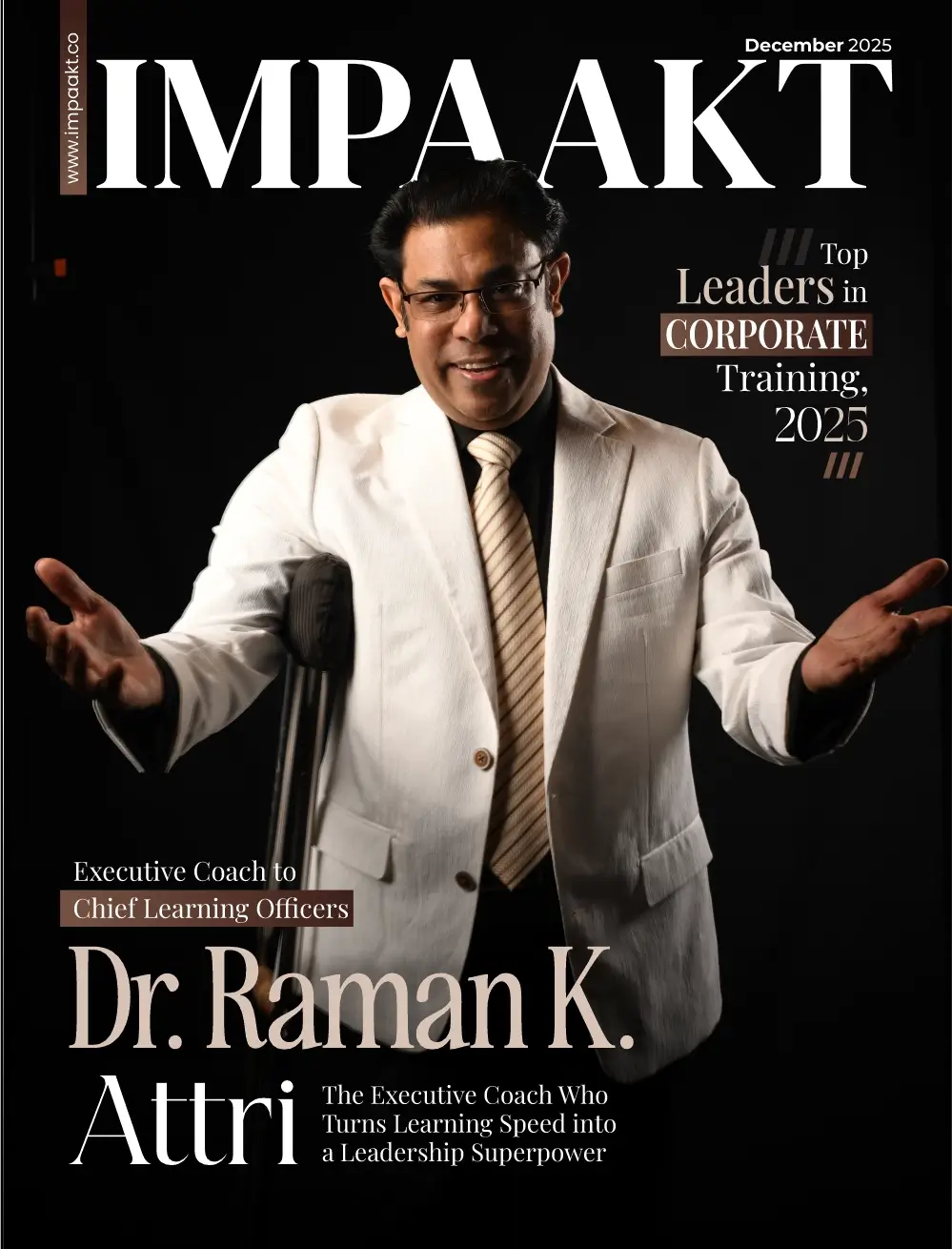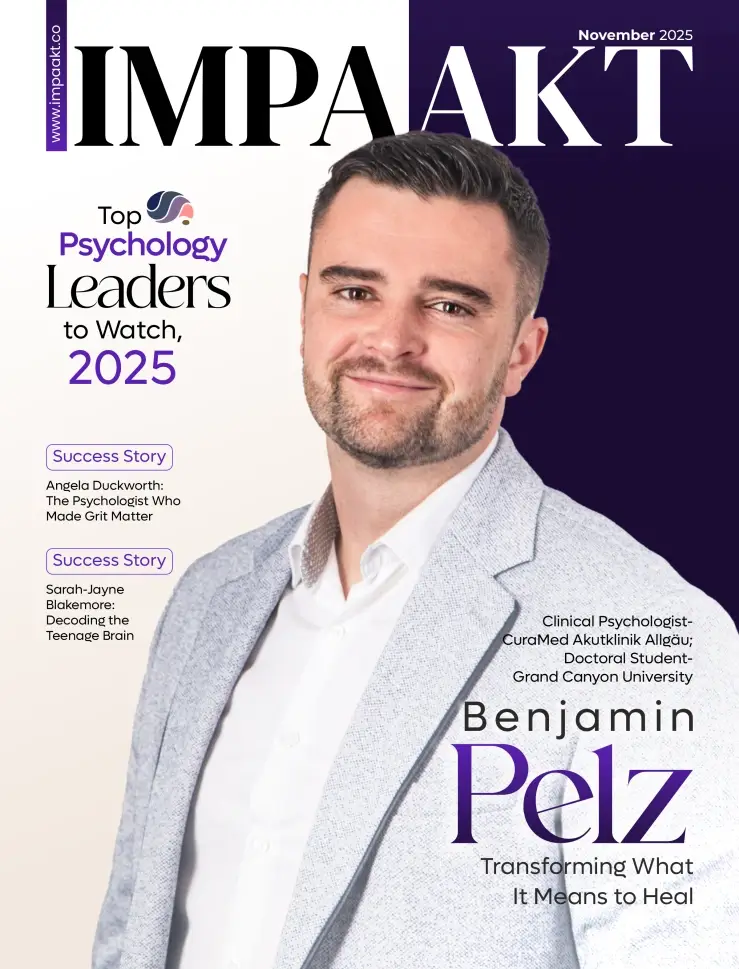“Burnout is devastating. A few years ago, deep in the throes of it, I found myself grasping for tools or frameworks to help me get to the other side,” say Chris Bailey an author who explores the science behind living a deeper, more intentional life.
If you’re facing a similar situation, Chris shares a few things he wishes he had known earlier. First, the basics about the signs of burnout and the aspects of our work that tend to cause it. Second, a two-minute burnout checkup created to monitor mental well-being and to make sure we don’t reach the point of burning out again.
What Exactly Is Burnout?
One misconception about burnout is that it’s the same as exhaustion. But no, there are three core attributes of burnout:
- First, we feel exhausted and as though we have no energy to do good work.
- Second, we feel cynical and have negative attitudes toward our projects. We also experience a sense of disassociation from those projects and from the people around us, whether coworkers, friends, or family.
- Third, burnout makes us feel ineffective, as though we’re accomplishing significantly less than usual and can’t muster the fortitude to be productive.
Experiencing any of these dimensions is a precursor to full burnout, yet understanding its roots requires thorough dissection and identification.
Primarily, burnout stems from one pervasive factor in our work (and life): the relentless presence of chronic stress.
Unlike temporary acute stress, which resembles a tunnel we pass through to find relief on the other side, chronic stress persists without respite. It may manifest at work through constant email overload, ongoing interpersonal conflicts, or an unending deluge of tasks.
Dr. Christina Maslach’s studies reveal that chronic work-related stress typically stems from six main sources:
- Workload: The sustainability of the tasks we’re assigned. When our workload exceeds our capacity, burnout becomes increasingly likely.
- Values: The alignment of our work with our personal values. Despite sounding abstract, this alignment enhances the significance and engagement we feel, thereby reducing the risk of burnout.
- Reward: The level of gratification derived from our job, encompassing both financial compensation (salary, bonuses, stock options, etc.) and social acknowledgment (recognition for contributions). Inadequate reward can foster feelings of ineffectiveness, a key component of burnout.
- Control: The degree of autonomy we possess over our work methods, schedules, and environments. Diminished control heightens the susceptibility to burnout.
- Fairness: The perception of equitable treatment in comparison to our peers. Fairness is crucial for fostering engagement and preventing cynicism.
- Community: Professional relationships play a significant role in mitigating burnout and enhancing engagement. Weak relationships and conflicts increase the likelihood of burnout.
The Two-Minute Burnout Checkup
Heading towards burnout? Detecting the signs might just take a quick moment.
A simple assessment exists to gauge the proximity to burnout. This two-minute checkup, conceived by Chris Bailey, serves as a preliminary indicator. For a more thorough evaluation, consulting a mental health professional or utilizing tools like the Maslach Burnout Inventory is advisable.
The activity aims to provide a subjective snapshot of one’s current state and trajectory over time. The process entails rating stress levels from 0 to 10 for each of the six burnout factors. For instance, feeling disconnected from colleagues after extended remote work might warrant a high score in the “community” category, while manageable workload could earn a low score in “workload.”
The cumulative score out of 60 offers a glimpse into one’s overall well-being. However, the breakdown across the six dimensions proves more insightful. Typically, individuals may find themselves flourishing in some areas while struggling in others.
This level of awareness can aid in formulating a targeted plan for the future. Consider a scenario where workload is a significant stressor, rated at a high 9. Identifying core job responsibilities that contribute most to the team and discussing workload management with the supervisor or team members could help alleviate stress.
Certain stressors, like fairness in the workplace, may be deeply ingrained and challenging to address quickly. The endeavor to create a fairer environment might even induce more stress than leaving the workplace entirely. While there’s no universal solution to reduce chronic stress, recognizing its sources is a crucial initial step.
Conversely, this activity can also track progress across the six dimensions. Since engagement opposes burnout, evaluating positive aspects of work through this method can be insightful.
For instance, a low stress score in the reward category might result from a recent increase in consulting rates, aligning compensation with experience. Reflecting on decisions leading to low stress scores can inform future actions.
Exercise caution during the activity. Discrepancies in a few factors can herald burnout, especially when accompanied by exhaustion, cynicism, and inefficacy.
Repeating the two-minute burnout checkup every few months or when experiencing burnout symptoms can provide valuable insights. This mindful approach fosters engagement and productivity by managing chronic stress effectively.
While burnout is challenging, recognizing its sources enables proactive management. May this simple tool enhance mental resilience amidst workplace stress.











